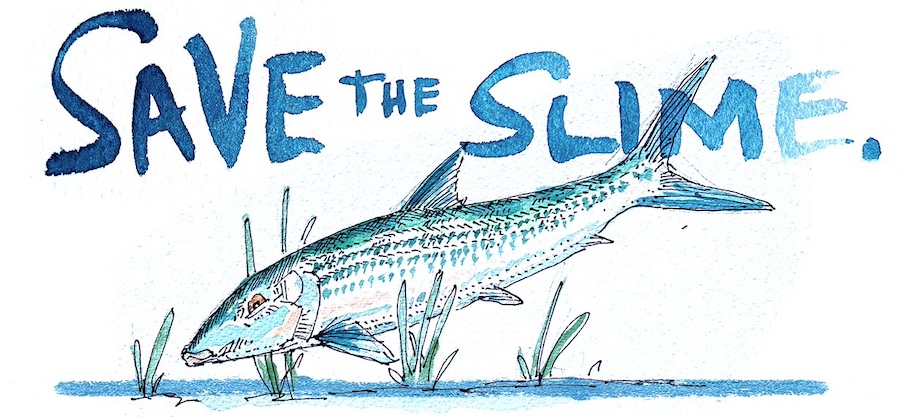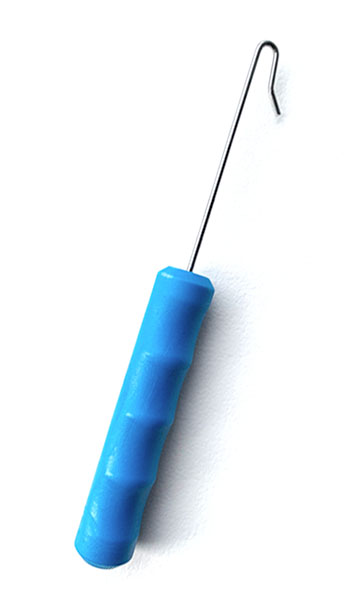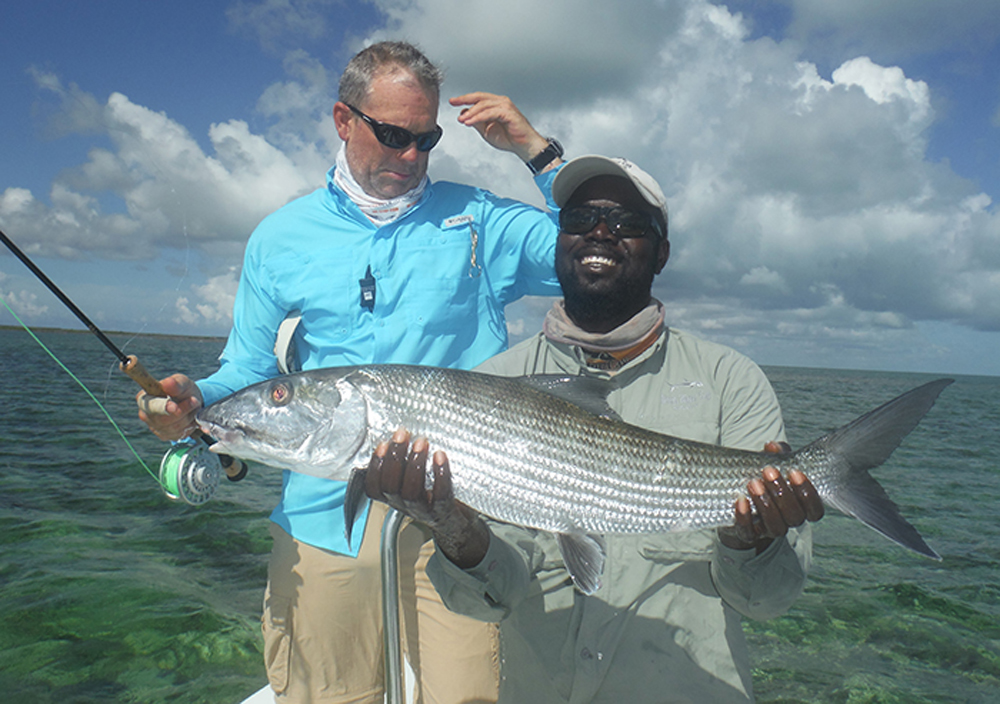 Handling, photographing, and releasing healthier bonefish
Handling, photographing, and releasing healthier bonefish
Catching a bonefish can be the highlight of an angler’s life. Properly releasing it is key to ensuring the long-term health and sustainability of the fishery as a whole. We have worked with dozens of the top guides and lodges to develop some best practices to minimize the handling of these special fish.
Have a plan
1) Everyone should agree on how to record a catch and be prepared for the photographing process. The first step is to agree on the fish you will photograph (the first of the day? A personal best?) and how it will be photographed. Ensure the camera is ready before lifting a fish from the water.
2) The ten-second rule. Using clean, wet hands (No gloves or sunblock), gently lift the fish from the water, leaving it over it. Take the photo, and gently place the fish back in the water. A bonefish removed from the water for over ten seconds is six times less likely to survive, so doing this quickly is critical.
3) Let him off easy. A dehooking device eliminates the need to handle your catch at all. After leaving the fish in the water, the hook or fly can be quickly and cleanly removed in seconds, letting the fish swim away strong.
 HOW TO USE A DEHOOKER: Keeping the line tight to the eye of the hook, place the loop on the end of the dehooking tool over the line, sliding it down the hook’s shank to the bend. Flipping or twisting the hook with the tool while pulling the hook away from the fish will disengage the hook, allowing the fish to swim away untouched.
HOW TO USE A DEHOOKER: Keeping the line tight to the eye of the hook, place the loop on the end of the dehooking tool over the line, sliding it down the hook’s shank to the bend. Flipping or twisting the hook with the tool while pulling the hook away from the fish will disengage the hook, allowing the fish to swim away untouched.
4) Revival of the fittest. Once the fish is ready, watch for predators, and try not to release a weakened fish where predators might take advantage.
The most important part isn’t how you catch them. It’s how you let them go.
Part of managing a healthy and growing bonefish population is taking extra care of every fish. This means doing our best to minimize or eliminate handling when we catch one. Together, we can change how people count and record catches, which has already been implemented in some of the most prestigious tournaments in the Florida Keys.
Join Bonefish & Tarpon Trust and learn how good policy and science work. Then, start enjoying mo-betta, your flats fly fishing experiences. Click here . . .
Feature Image: Rory Mackay looks like he can hardly believe the fish that Capt. Meko Glinton is hoisting [15.44-pounds] The World record is 16-pounds and was also caught in the Bahamas in 1971.
Photo courtesy Deep Water Cay
Deep Water Cay, located on Grand Bahama Island, was founded in 1959 by Gil Drake, Sr. and Field & Stream editor A.J. McClane, so you can imagine that the biggest names in saltwater fly fishing have plied those flats over the decades.


